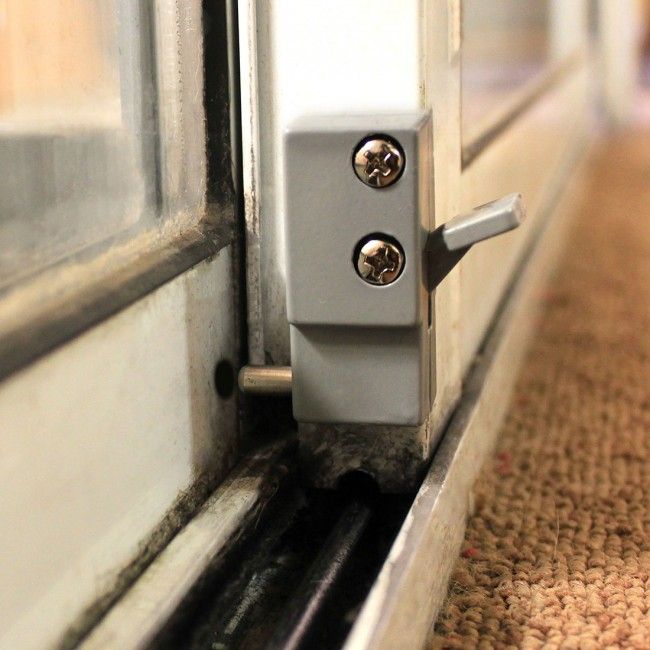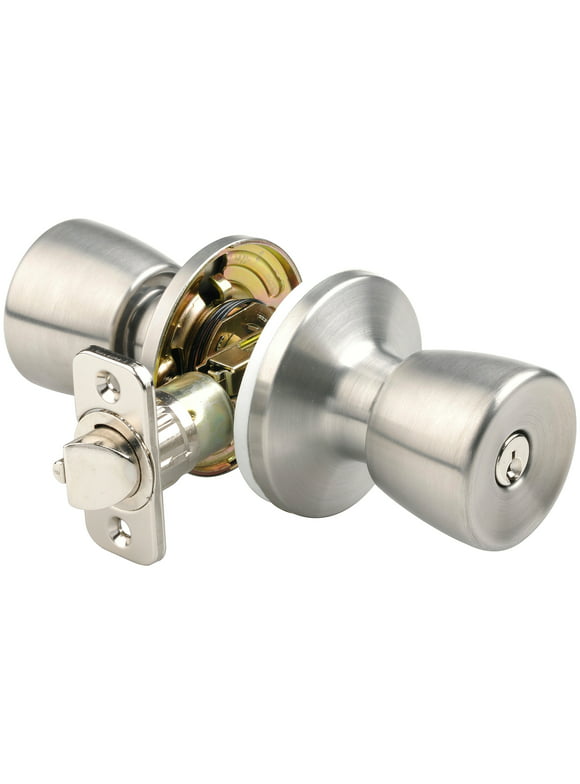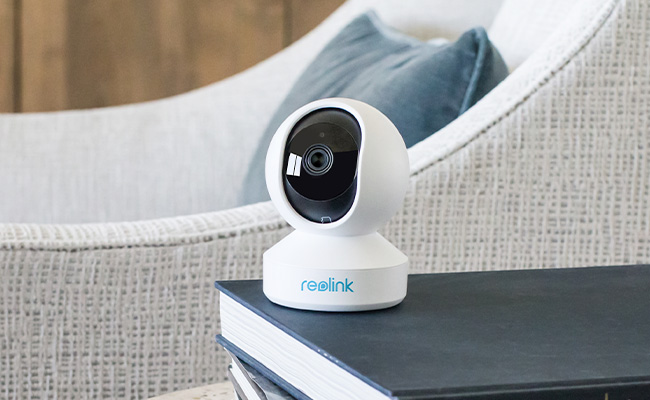
Information on home security will help you protect your home and loved ones. It includes features to look out for, how best to choose a security system and what you can do if something goes wrong.
Security Systems Information
It's important to understand that home security is a fantastic way to keep you and your family safe. They're meant to deter crime, and they can alert you to any attempts to enter your home or to your alarm going off.
Control panels are a crucial part of any home security system. They contain a variety of sensors to monitor your property. These include door and window sensors, motion detectors and motion alarms. When a sensor detects an entry, it sends an alert to the alarm monitoring company. This company will react and help determine what occurred.
These sensors can be paired up with a smartlock, which is an electronic remote control that lets you open and close your door using your smartphone. You can use your voice to unlock a door or turn on the lights.

Smart thermostats are another important component of a home safety system. These devices are connected to your home's Wi-Fi and can be controlled from your smartphone. You can also use them to control your lighting, air conditioning and other devices.
Consider a home automation system. It is similar to a security system, but has other features. These systems are great if there are children, pets, and elderly relatives in your house.
If you're planning on moving into a new condo or house in the future, these systems could be a wise investment. These systems can be paired up with home automation platforms such as Google Home, Amazon Alexa and others. These platforms will allow you to easily control the temperature and lights in your house using just your voice.
When choosing a home security system, you should decide whether you want it to be a DIY system or a professionally-installed one. Consider how long you intend to remain in your home. If you are moving out within a year, then a professionally-installed system might be a good option, as it will save you money and require less hassle.
Your home security should be able speak with other devices within your home, as well as outside the home. This includes your smoke detectors and fire alarms. In case of a loss of internet, it should also include a backup via cellular.

If you live in a rural area or a small town, your home may not have a reliable cellular network. This can lead to your security system being ineffective.
A good wireless system for home security should be equipped with a cellular connection and battery backup so that you can reach emergency services at any time in case of an intruder or fire. Some systems also offer a service that will send text messages to your phone and email you when an incident occurs.
FAQ
How much does a good home security system cost?
A good home security system costs about $2,500. While this may seem high-priced, it's actually quite affordable when compared to the peace and security you'll enjoy by owning a safe and secure house.
How much should I pay for alarm monitoring
Alarm monitoring costs vary depending on how often you want it monitored, what kind of equipment you need, and whether you are looking at an all-inclusive package or just one monthly fee.
Who is the best home security monitoring company?
ADT is the best home security monitoring company. They offer 24/7 monitoring service at affordable price. They have a customer service team that is available 24 hours a day and will respond within minutes to all issues.
ADT also offers an app that works on both Android and iOS platforms. So you can monitor your home at any time, from any location.
Which home surveillance camera system is best?
If you want to protect your family from intruders, then you should consider buying a home security system with cameras. These systems are simple to use and offer great benefits for homeowners as well as renters. You can also remotely monitor your property from your smartphone, tablet, computer or any other mobile device.
Statistics
- (In my experience, the discount on my home insurance covered about 25 percent of the subscription of an average plan, but your mileage may vary depending on your location and the size of your home.) (theverge.com)
- Related questionsHome security systems that are 100% DIY (safewise.com)
- Most home security companies will charge you around 75% of the remaining term of your contract if you cancel early—and some require 100%.Related questionsWhat type of contract length can I expect from security providers?Home security system cancellation (safewise.com)
- Depending on your insurance, 24/7 professional monitoring may qualify you for as much as 15% off your premium. (safewise.com)
External Links
How To
How to Install Outdoor Motion Lights
How to install outdoor lighting
The first step in installing outdoor motion lights is to choose the right type of light fixture. The next step is to determine where you want your lighting fixtures to go. The actual wiring of your system is the next step. Last, mount the lighting fixtures.
Outdoor motion lights are used to illuminate pathways, driveways, walkways, sidewalks, patios, steps, stairs, decks, porches, gardens, pools, fountains, ponds, water features, trees, shrubs, flowers, bushes, lawns, and grassy areas. They come in many sizes, styles, and colors. Floodlights, spotlights and pendants are just a few examples. Track lights, track lights, recessed lighting, ceiling fans, wall sconces and chandeliers are also available.
Motion lights come in three basic types: hardwired, wireless, and battery-powered. Hardwired systems connect the power source directly to the fixtures using wires. Wireless systems transmit signals by using radio waves. For the operation of the fixtures, battery-powered systems use batteries.
Hardwired systems are typically installed by electricians. You should ensure that the electrician you hire knows how outdoor motion lights are wired. Installing these types of systems is a specialty, so you might consider hiring someone else.
It's often much easier to install wireless systems than hardwired. Wireless systems don't require you to run wires through ceilings or walls. However, if you decide to purchase a wireless system, you must first figure out which kind of wireless technology works best for you. There are two main types of wireless technologies: infrared (IR) and radio frequency (RF). IR systems require line sight between the receiver and transmitter. RF systems allow some obstruction due to the fact that they bounce off furniture or walls.
When you decide to purchase a wireless device, it is essential to understand what kind of controller you will be using. Most outdoor motion lamps come with built in controllers. However, if you would prefer to control the outdoor lights by yourself, you will need a wired remote or handheld remote. Wired remotes are wired to the fixtures through cables. The handheld remotes are similar to flashlights, and can be operated by pressing buttons on the bodies.
Battery-powered systems are easy to install. You just need to plug them in to an electrical outlet. Many models come with sensors that detect motion to stop the lights from being turned on when there isn't any. When something moves near the sensor, the lights turn on automatically.
Outdoor motion lights often have timers. These can be used to reduce energy consumption by switching lights on/off at night. They can last anywhere from 10 minutes up to 24 hours.
When you're looking for outdoor lighting, you might be tempted spend more on better quality products. It's not worth the extra cost if you don't really require a particular feature. A simple LED spotlight can suffice. It is very inexpensive and provides plenty of illumination.
The Best Home Security System. Over the last few years, the home security industry has seen a tremendous growth. This is due to technological advancements and increased public awareness on crime prevention. Homeowners now have many choices when it comes to selecting a security system for their home.